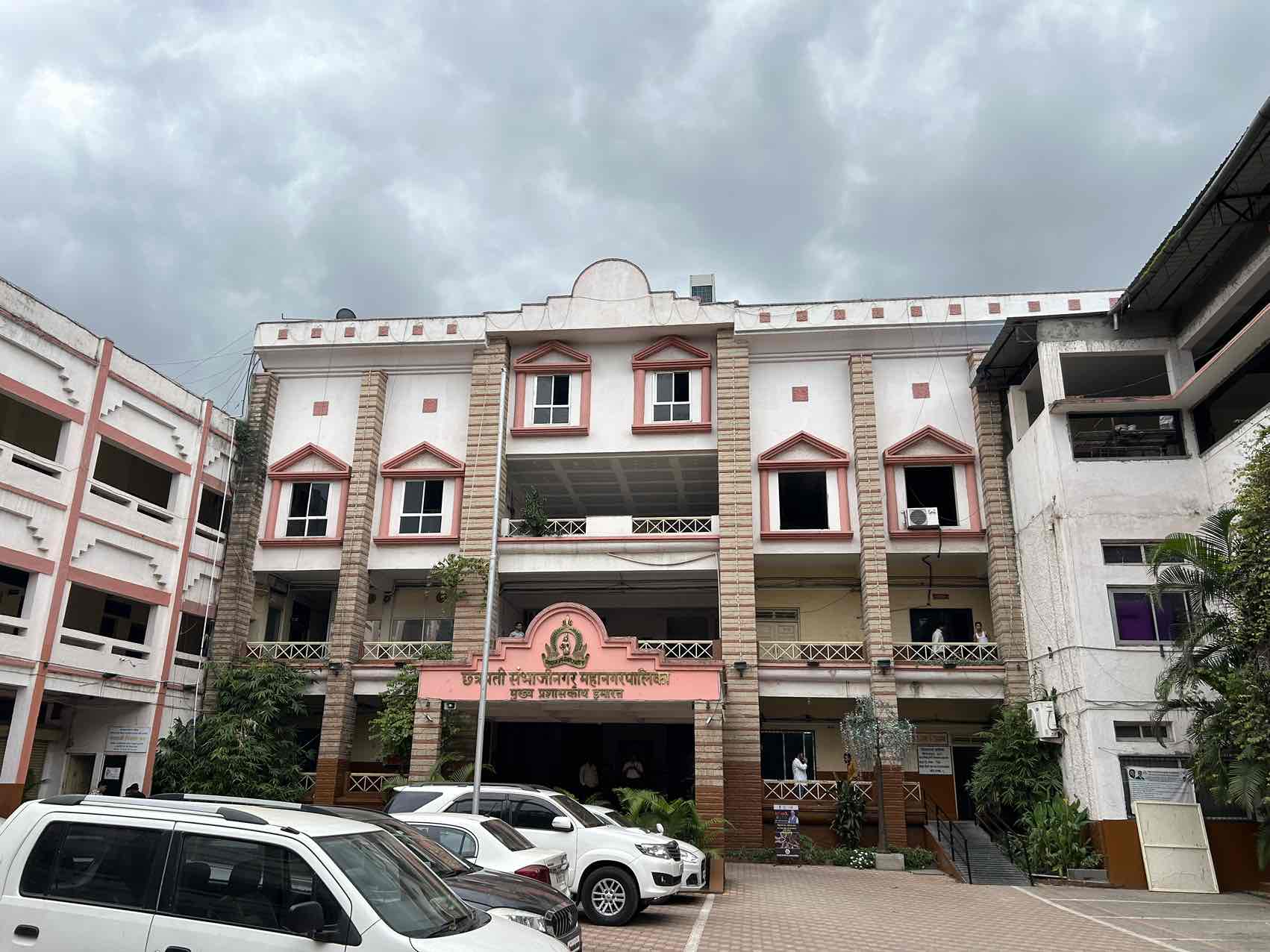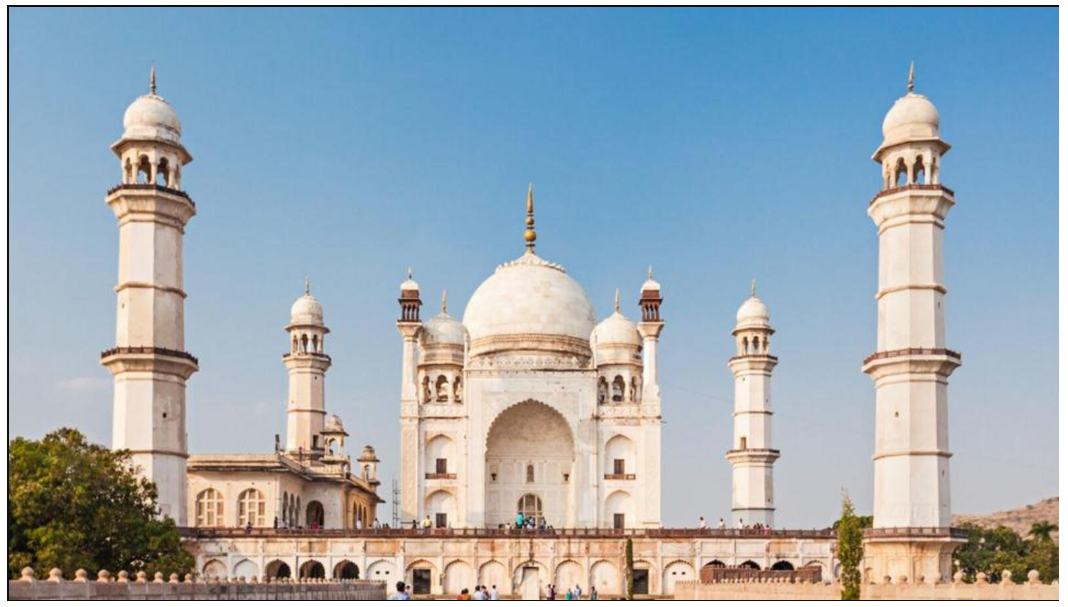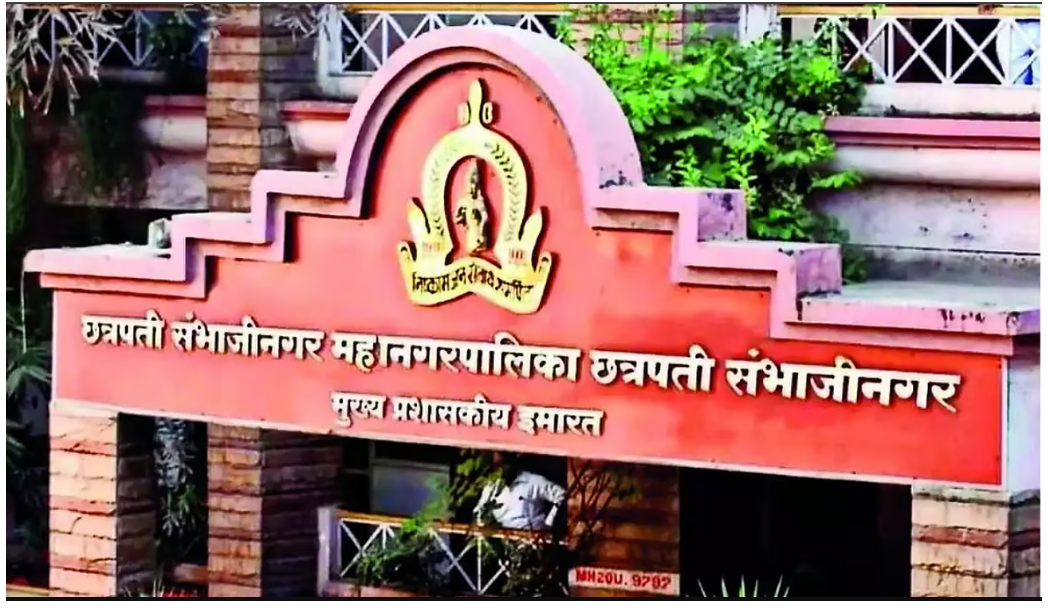


History Of Chhatrapati Sambhajinagar
Khaḍkī was the original name of the village which was made a capital city by Malik Ambar, the Prime Minister of Murtaza Nizam Shah II, Sultan of Ahmednagar. Within a decade, Khaḍkī grew into a populous and imposing city. Malik Ambar died in 1626.He was succeeded by his son Fateh Khan, who changed the name of Khaḍkī to Fatehnagar. With the capture of Devagiri Fort by the imperial troops in 1633, the Nizam Shahi dominions, including Fatehnagar, came under the possession of the Mughals.In 1653, when Mughal prince Aurangzeb was appointed the Viceroy of the Deccan for the second time, he made Fatehnagar his capital and renamed it Aurangabad. Aurangabad is sometimes referred to as Khujista Bunyad by the chroniclers of Aurangzeb s reign.In 1667 Muazzam, son of Aurangzeb became governor of this province. Before him Mirza Raja Jai Singh was in-charge of this province for some time.In 1681, after Aurangzeb s coronation as emperor, he shifted his court from the capital city of Delhi to Aurangabad in order to conduct his military campaigns in the Deccan. The presence of Mughal elites in the city led to urban development, as numerous public and private buildings were constructed.Aurangabad had a city wall built encircling it around 1683 in response to Maratha raids, of which several gates still stand, such as the Delhi Gate. Though Aurangzeb chose not to reside in the city after 1684, the city retained importance as the primary military outpost of the Mughal Deccan, attracting wealth and turning Aurangabad into a centre of trade; the manufacture of embroidered silks emerged during this period and is still practised in Aurangabad today. Mughal Aurangabad was also a cultural hub, serving as an important centre of Persian and Urdu literature. During the Mughal era, Aurangabad had an estimated population of 200,000 people, living in 54 suburbs.In 1724, Asaf Jah, a Mughal general and Nizam al-Mulk in the Deccan region, decided to secede from the crumbling Mughal Empire, with the intention of founding his own dynasty in the Deccan. Aurangabad continued to be politically and culturally significant for the next 40 years as capital of Asaf Jah s new dominion, until his son and successor Nizam Ali Khan Asaf Jah II transferred the capital to Hyderabad in 1763.In 1816, the British established a cantonment outside Aurangabad (as they did in other parts of the Nizam s dominions), but were discouraged from entering the city proper by the Nizam s officials,as a princely state under British suzerainty, the Nizam s Hyderabad State was quasi-autonomous, meaning that Aurangabad s culture was somewhat free of colonial influence.Aurangabad began to industrialise in the late 19th century, with the city s first cotton mill being opened in 1889.The population of the city was 30,000 in 1881, growing to 36,000 over the next two decades. Aurangabad was particularly affected by Deccan famines in 1899-1900, 1918, and 1920, causing surges in crime.Following Indian independence, Hyderabad State was annexed into the Indian Union in 1948, and consequently Aurangabad became a part of the Indian Union s Hyderabad State. In 1956, it passed into the newly formed bilingual Bombay State, and in 1960 it became a part of Maharashtra state.On 29 June 2022, Aurangabad was officially renamed to Chhatrapati Sambhajinagar.